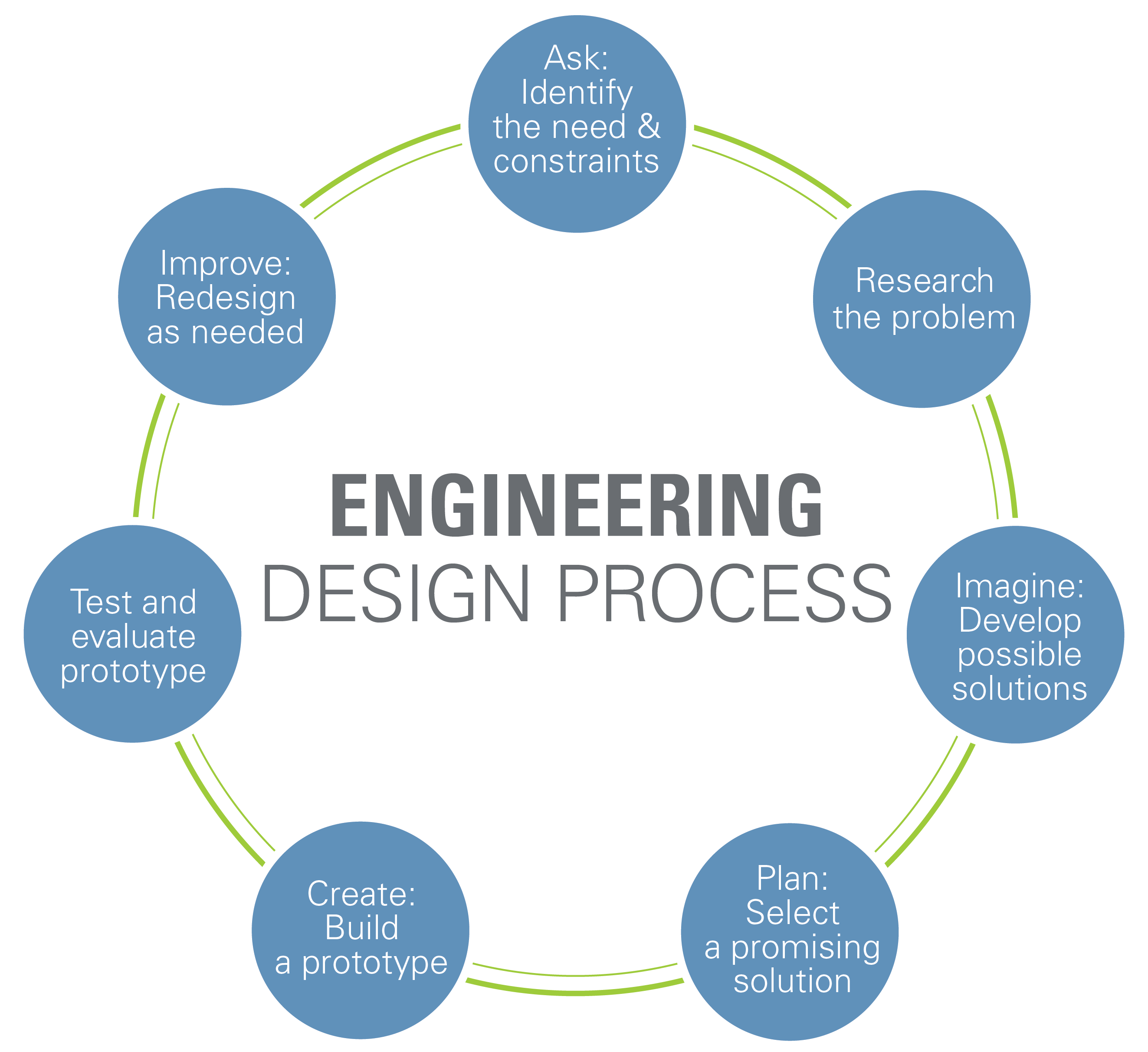 I spent Saturday morning in the next town over demonstrating virtual reality systems at our board's Digital Saturday. We had a line up the whole time and put dozens of kids through their first VR experience. You get to see their first moments when they realize just how immersive this technology is, and then you get the follow up when they start thinking through the implications of what they just tried. The next ten years aren't going to be like the last ten years.
I spent Saturday morning in the next town over demonstrating virtual reality systems at our board's Digital Saturday. We had a line up the whole time and put dozens of kids through their first VR experience. You get to see their first moments when they realize just how immersive this technology is, and then you get the follow up when they start thinking through the implications of what they just tried. The next ten years aren't going to be like the last ten years.Our choice for first VR experience has always been Google's Tilt Brush. Users get used to the 3d experience in virtual space by sculpting with light. This time I launched the Vive using Google Earth VR, which just came out last week. If you're looking for shock and awe Google Earth in VR will do it for you.
There was a moment last week when I was looking for Machu Picchu in Google Earth VR. I was hovering over the Andes about ten miles up looking at various peaks, trying to isolate the ruins. I looked up to my right and could see across the curve of the Earth into the Amazon basin. To my left the Pacific receded into the distance. Looking up I could see the Andes like a bumpy spine up the back of South America. I was in this huge space looking to distant horizons in all directions. People often talk about how intimate it feels being inside a headset but in this case I felt more like an ISS astronaut. This kind of visualization is thought provoking. It changes how you conceive and manage complex data. It changes how you interact with digital information.
The first thing many people do when they first enter Google's virtual Earth is to go somewhere they long for. One of our business teachers went to her Grandmother's house in northern Italy. I went home to the north Norfolk shore. We both got quite emotional about getting to go home even if it's only virtually. Our sense of place is really just immersion in the literal sense. Virtual reality mimics that feeling remarkably well. Don't underestimate VR's ability to provoke an emotional response with immersion. How we manage that emotionally powerful response is important, especially if it's being used for educational purposes.
 While at the recent ECOO conference I gave the Microsoft Hololens a try and was surprised at how effective it was for an engineering sample. It isn't a full virtual device like the Vive or the Oculus, instead it inserts digital information into the world in front of you as augmented reality. Only the user could see a ballerina dancing on the conference floor or digital information like distance and size overlaid on real objects. The resolution is surprisingly good and the fact that it's wireless (battery powered and wifi) is totally next level. This experience suggests that fully immersive virtual reality and augmented reality might start to move off in separate directions in the future. The Hololens doesn't send you elsewhere like the Vive and Oculus do.
While at the recent ECOO conference I gave the Microsoft Hololens a try and was surprised at how effective it was for an engineering sample. It isn't a full virtual device like the Vive or the Oculus, instead it inserts digital information into the world in front of you as augmented reality. Only the user could see a ballerina dancing on the conference floor or digital information like distance and size overlaid on real objects. The resolution is surprisingly good and the fact that it's wireless (battery powered and wifi) is totally next level. This experience suggests that fully immersive virtual reality and augmented reality might start to move off in separate directions in the future. The Hololens doesn't send you elsewhere like the Vive and Oculus do.What's next for VR? I'm not sure, but software is constantly probing the limits of what this new display technology can do. Having data all around you in resolutions you haven't seen outside of a 4k display means we're going to be forging new relationships with the digital world. The days of accessing digital information through a window (screen) are numbered.
You can find more on virtual reality here.













